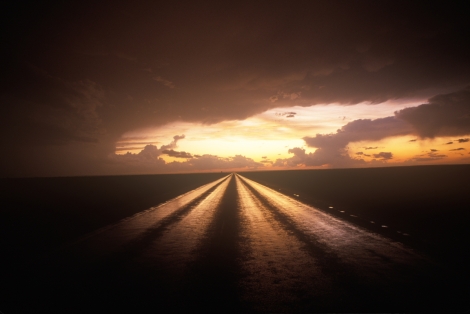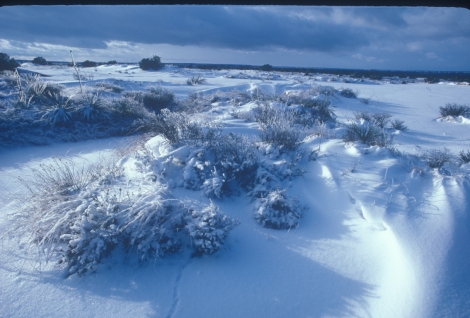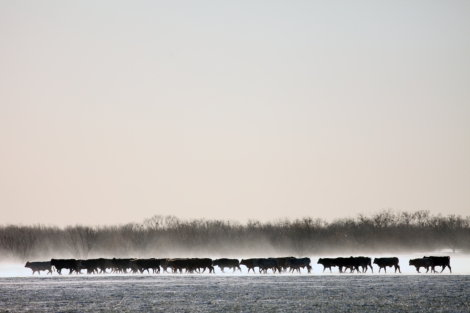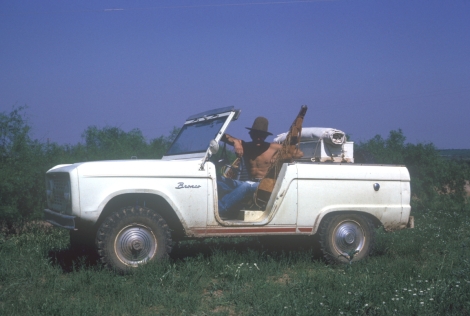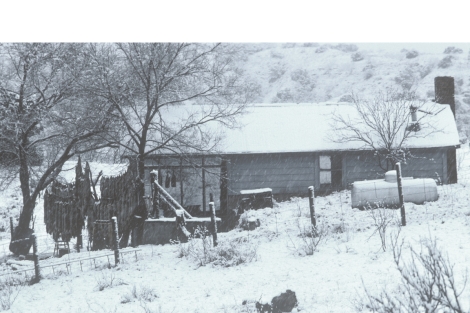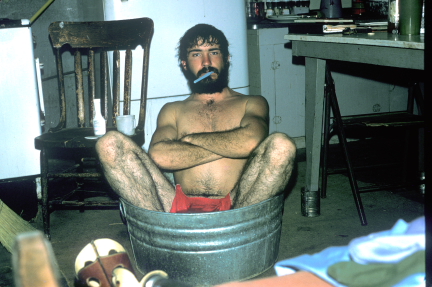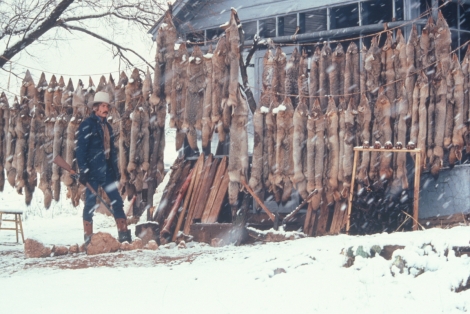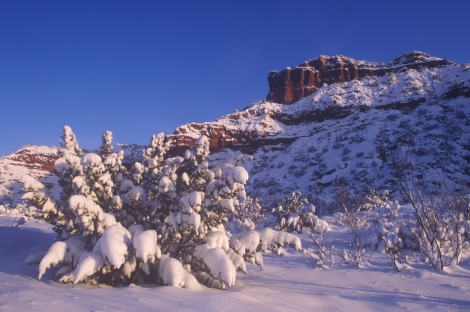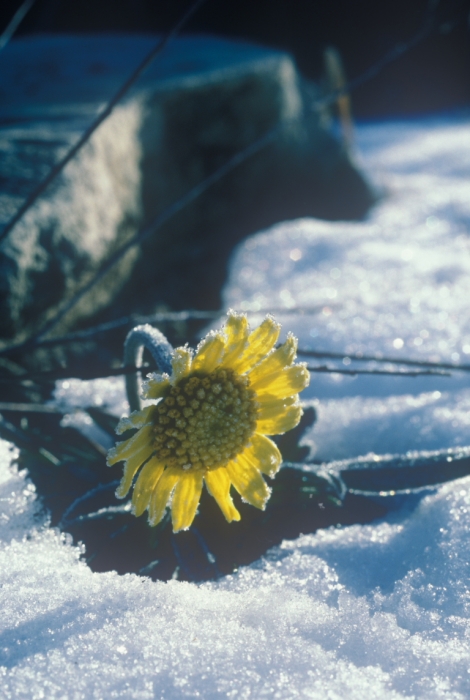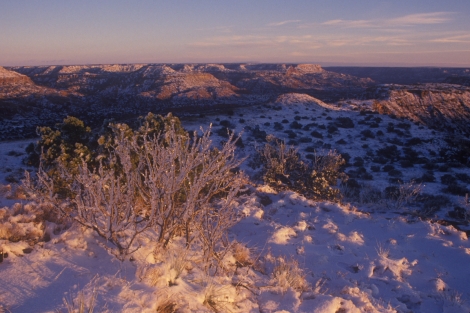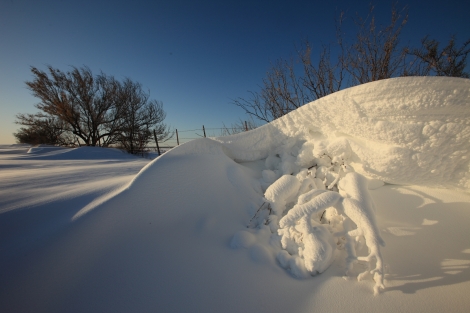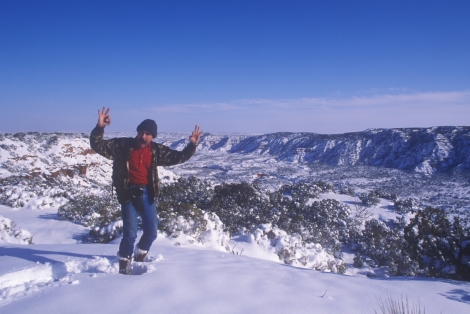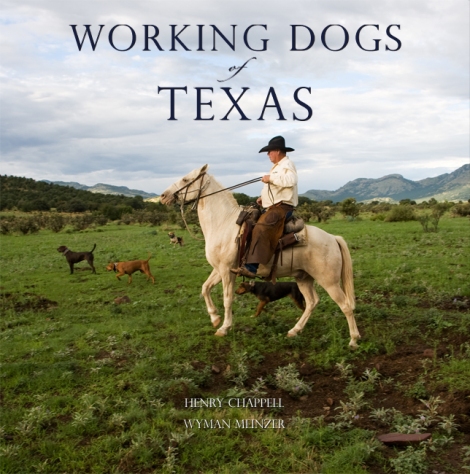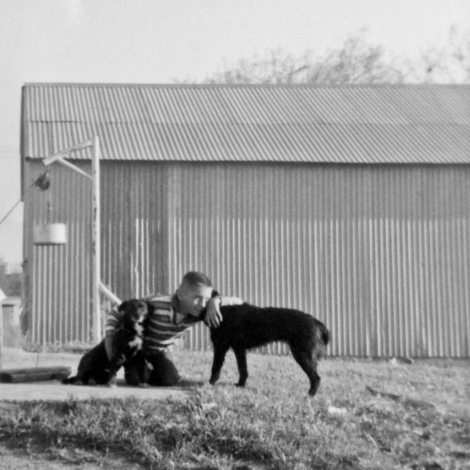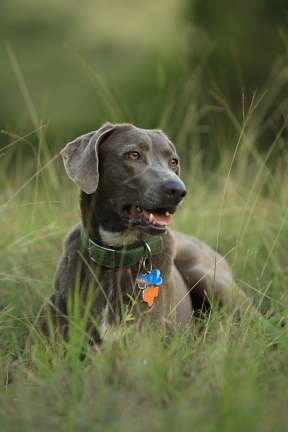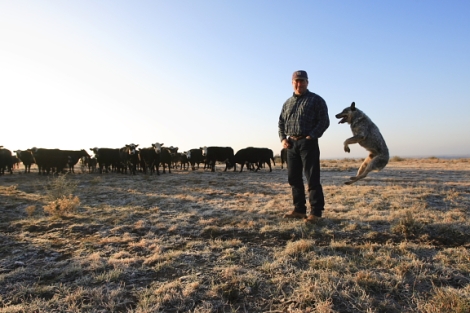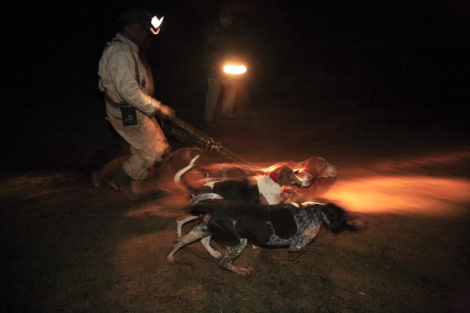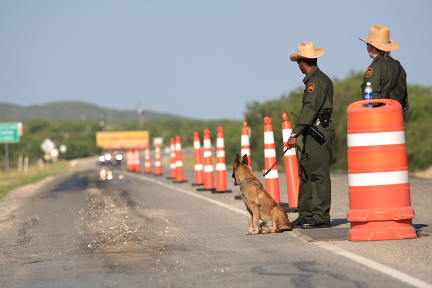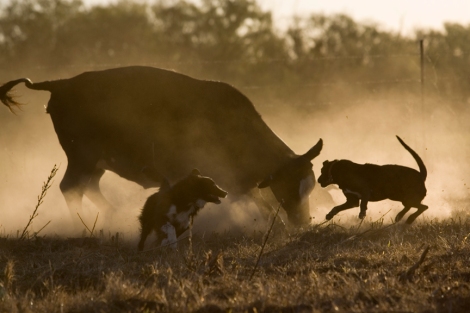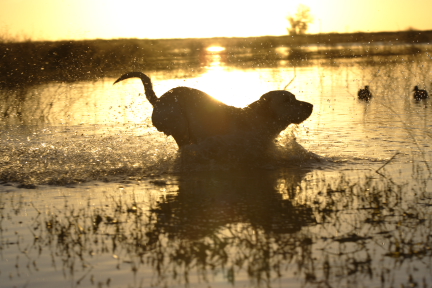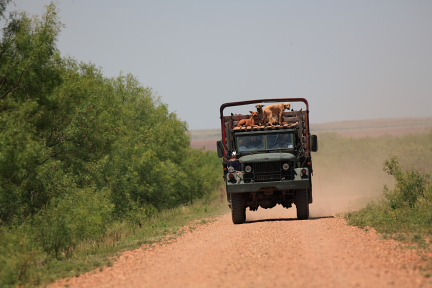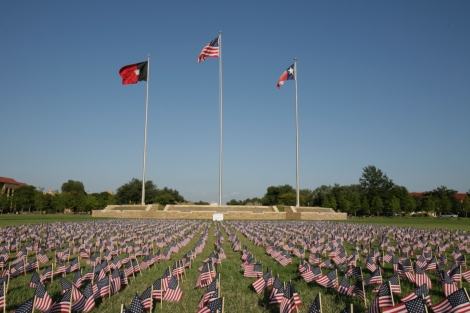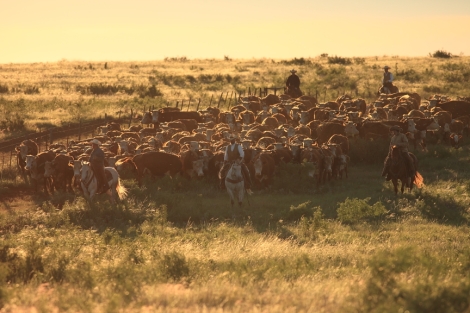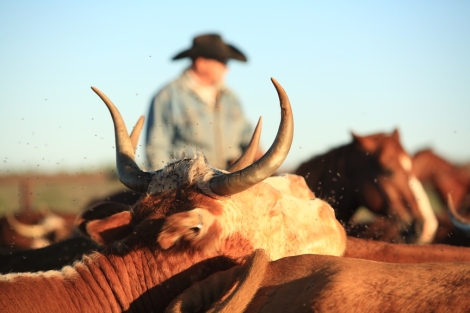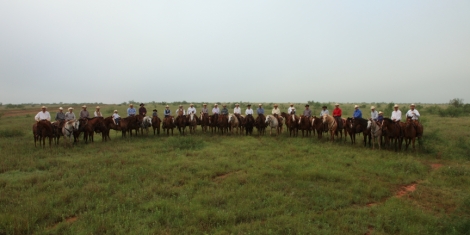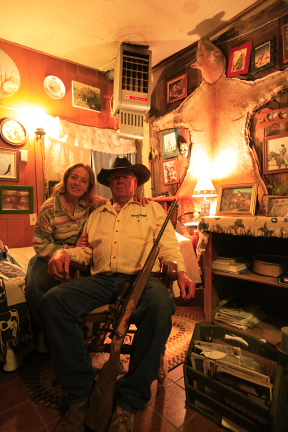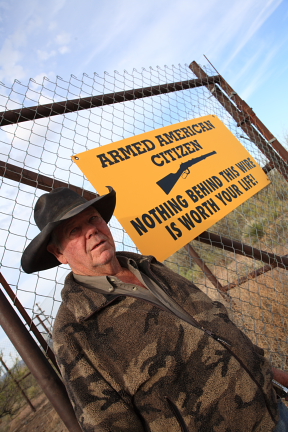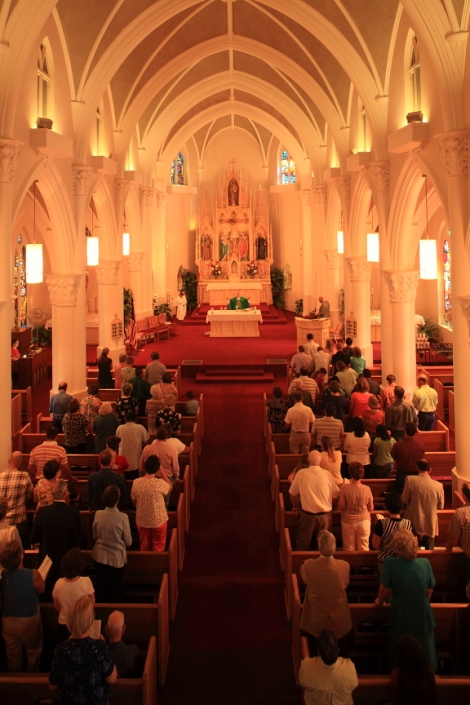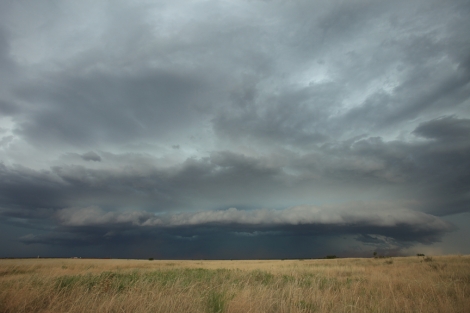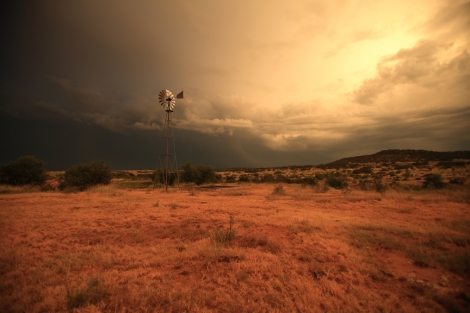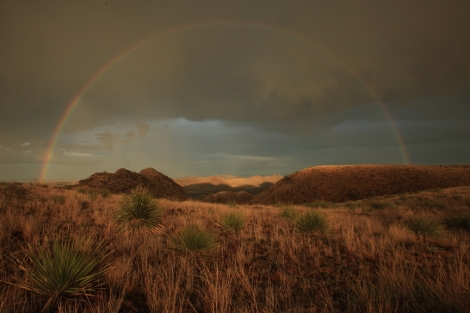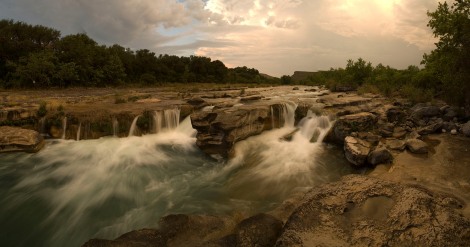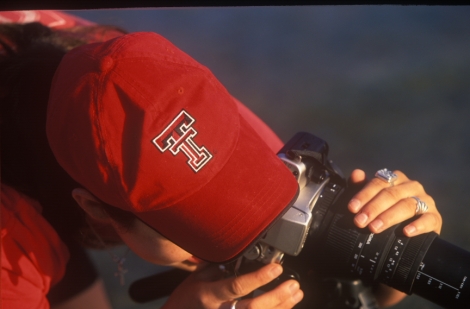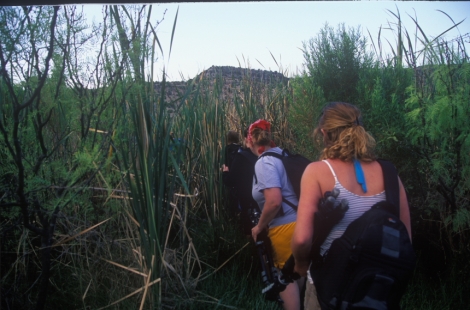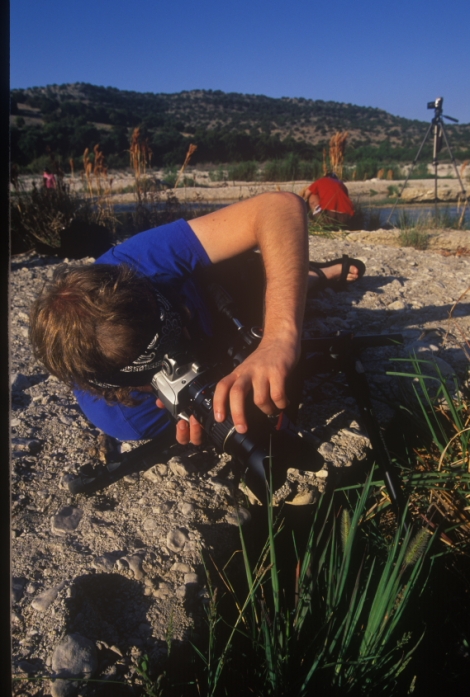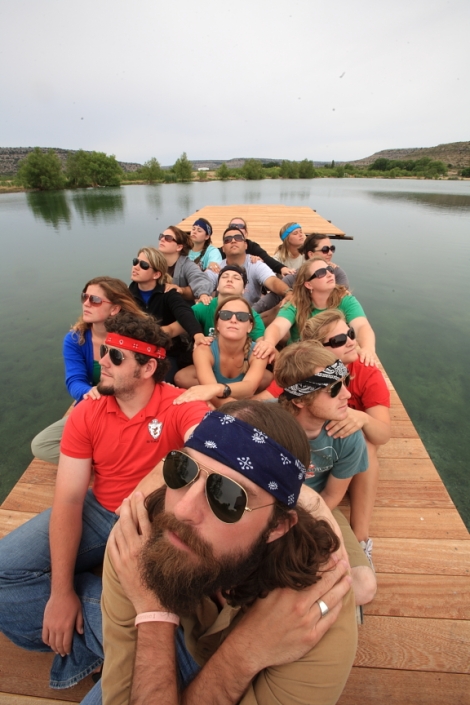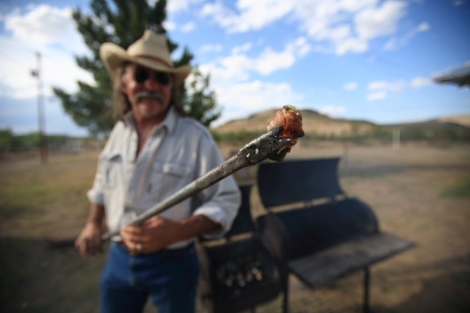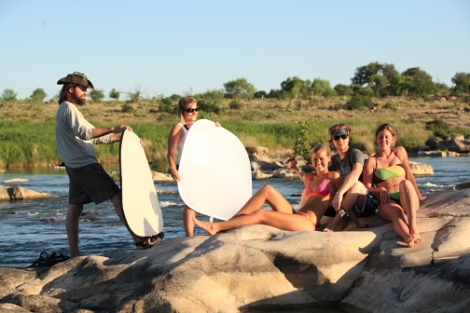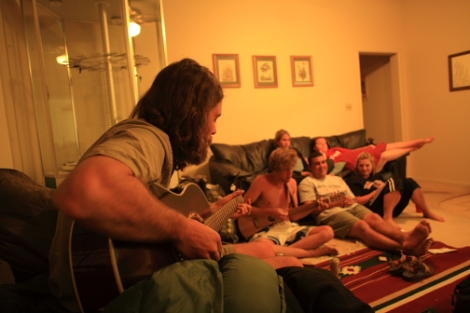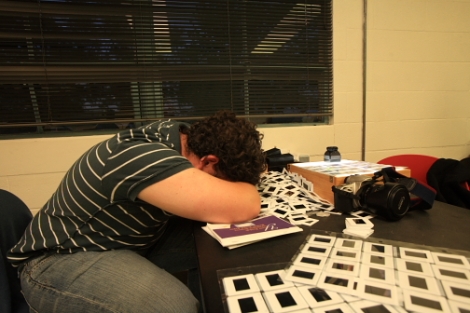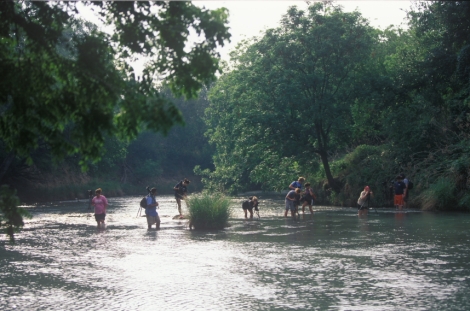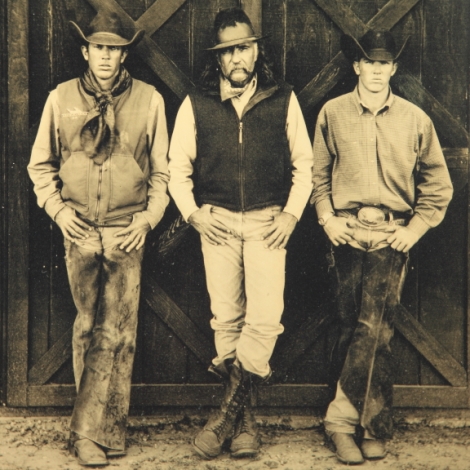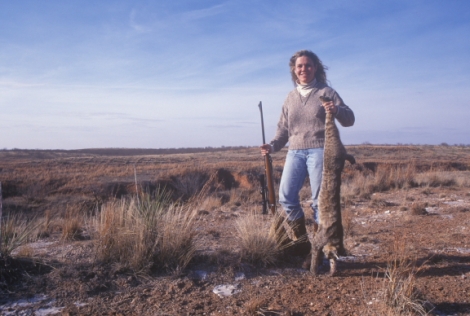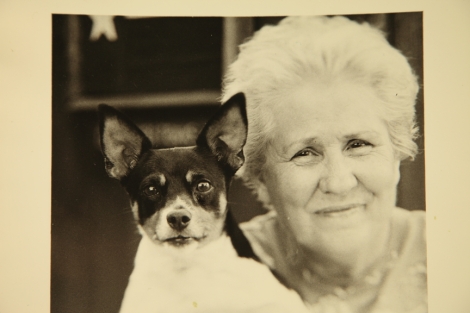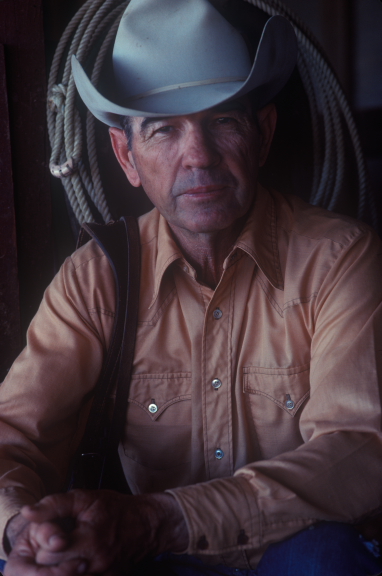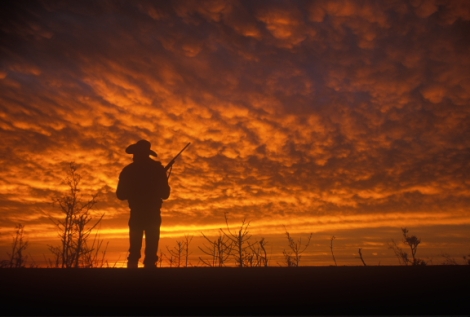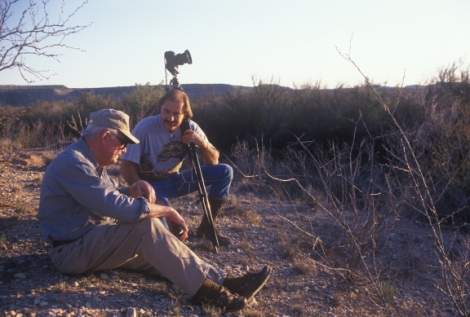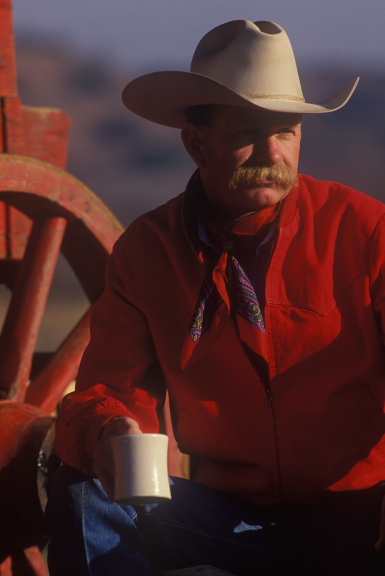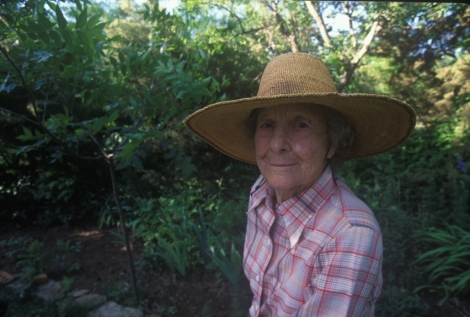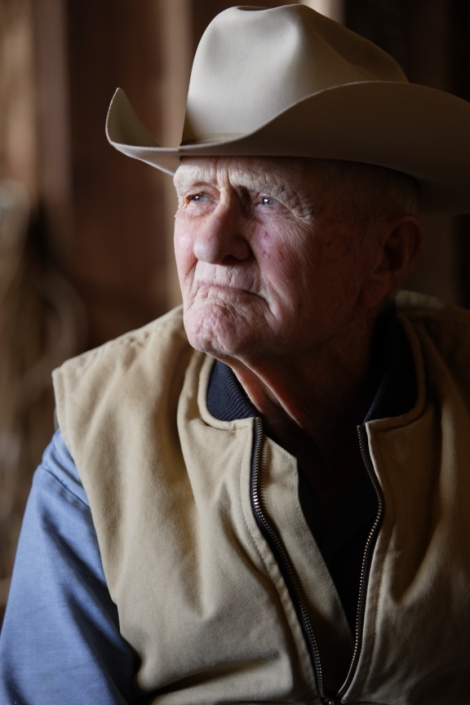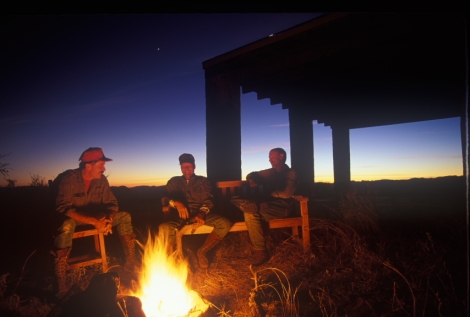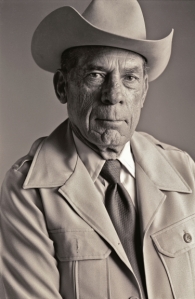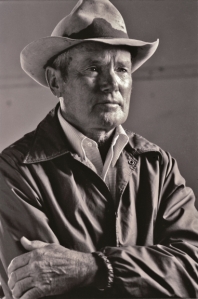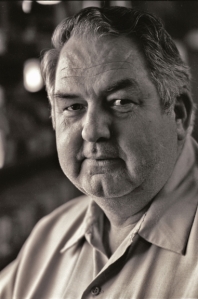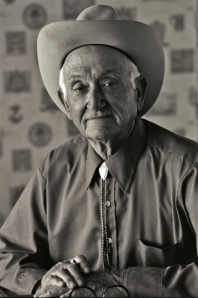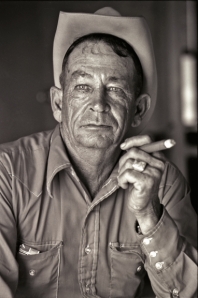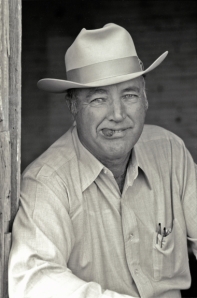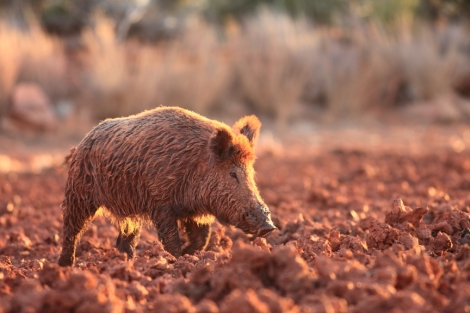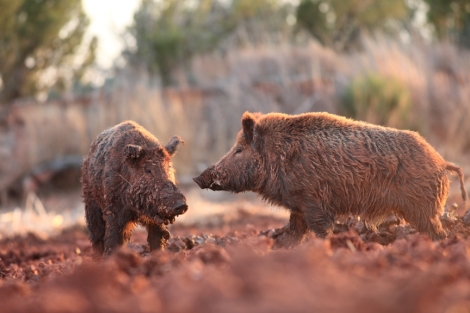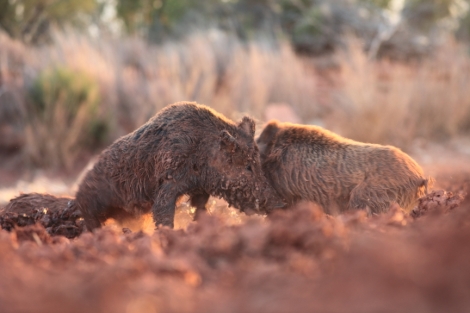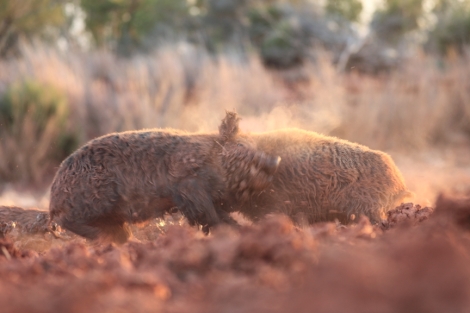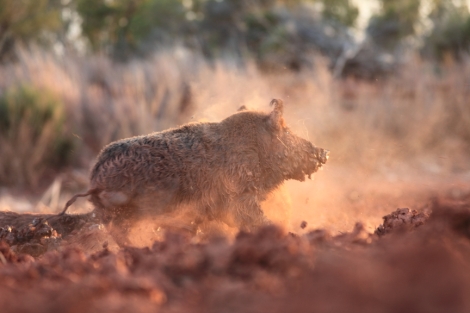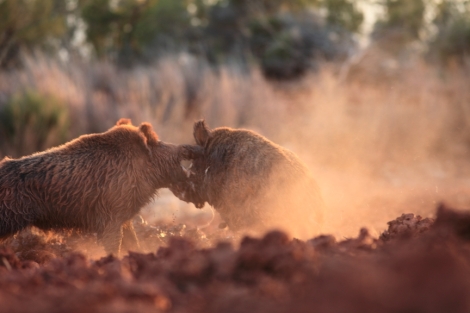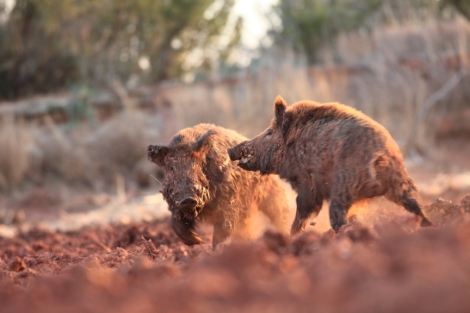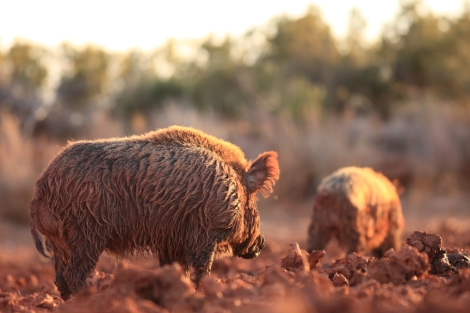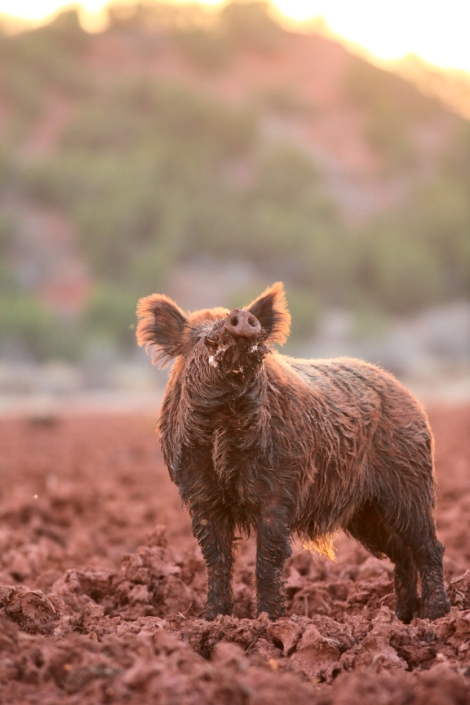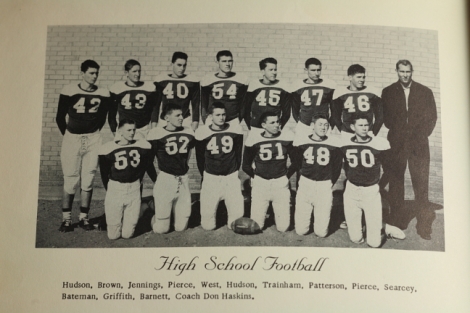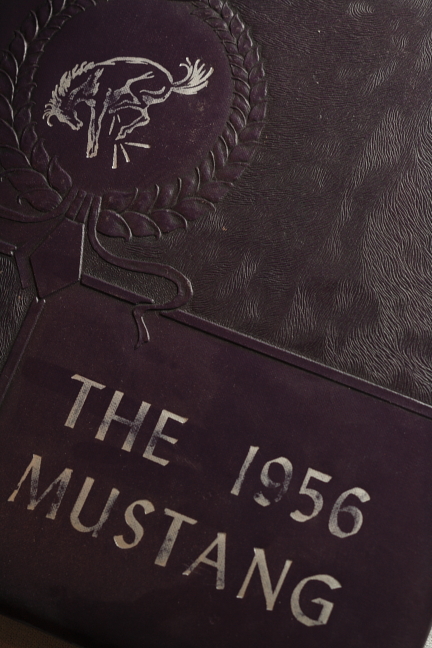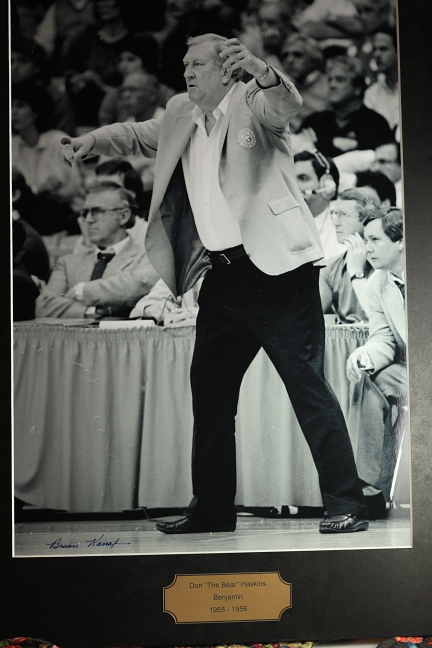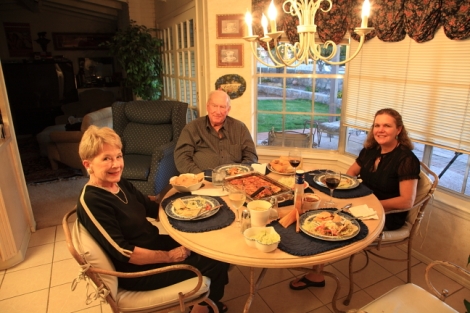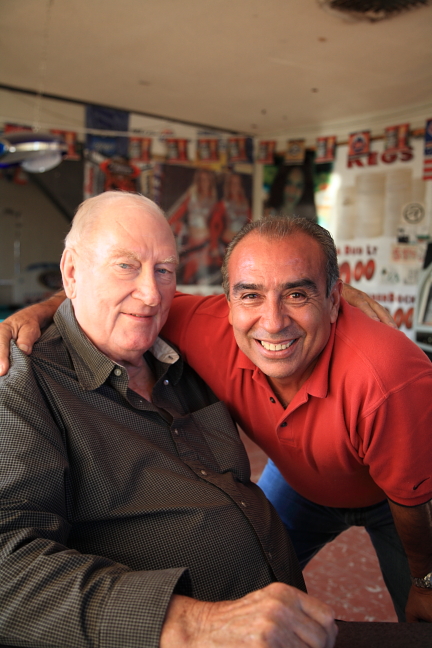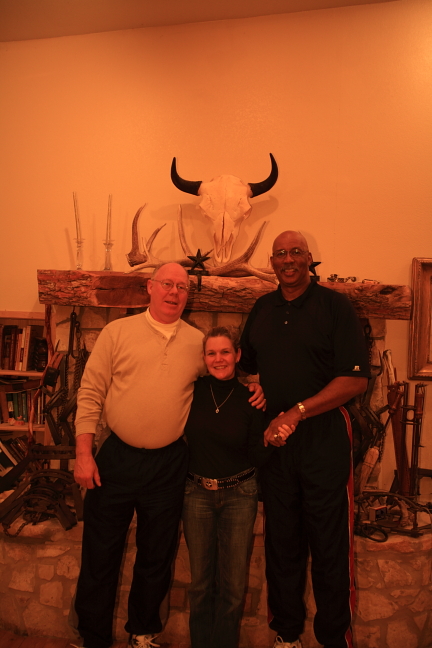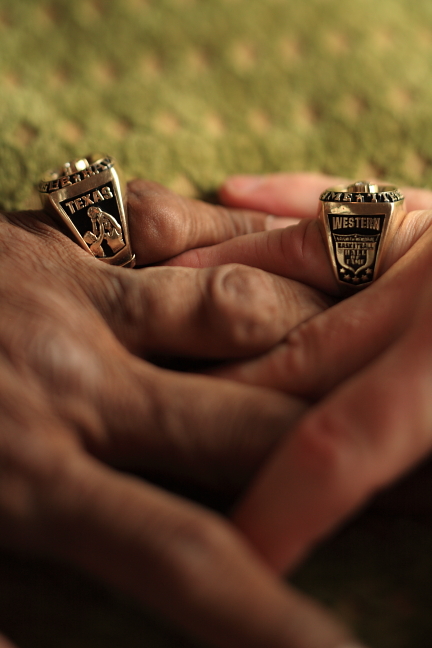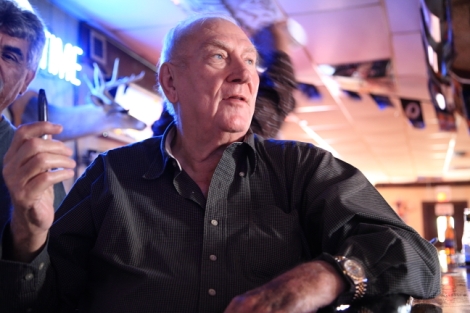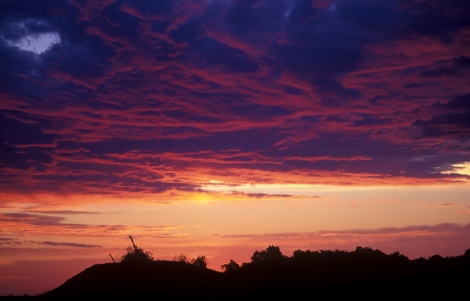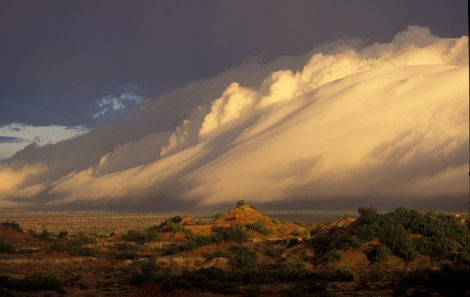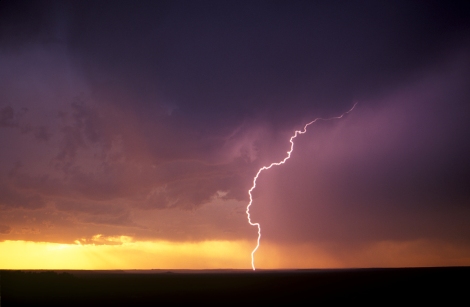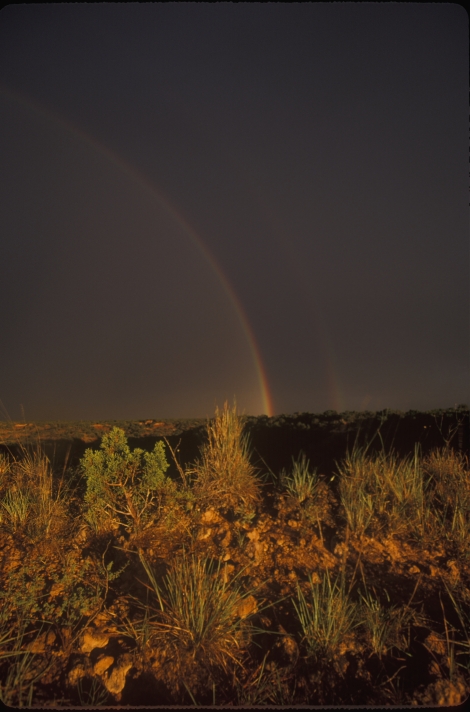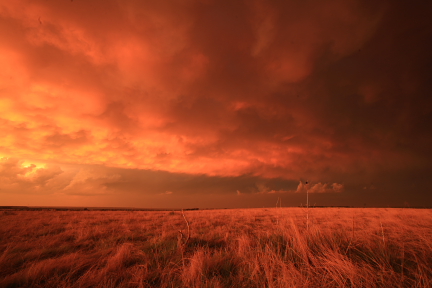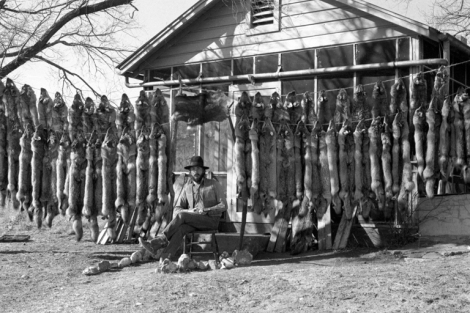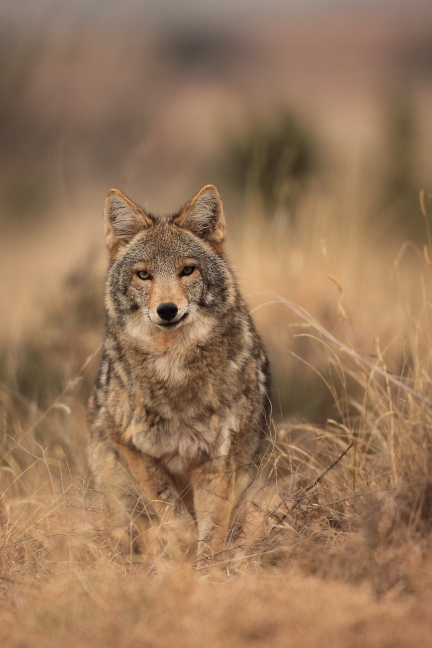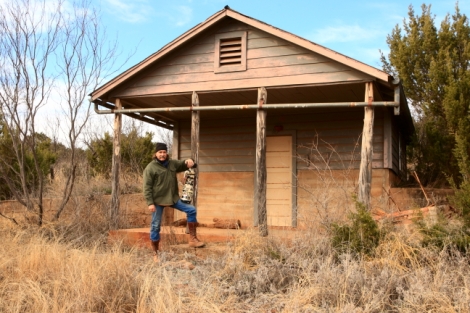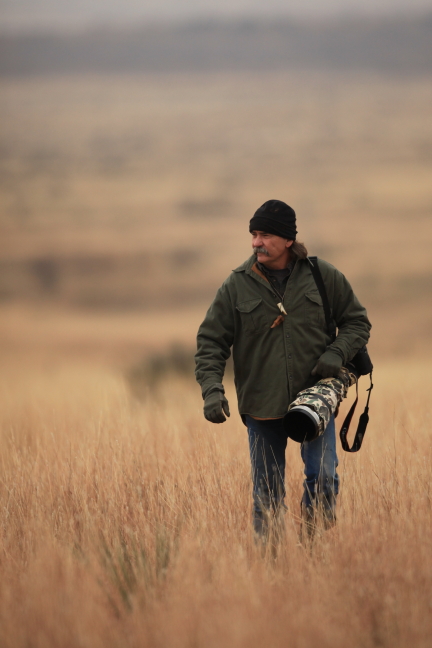Every Thursday morning I get up early and make ready for the drive to Lubbock to teach my 4300 photography class at Texas Tech University. Some people might think that it’s a drive to dread but on the contrary I consider it my weekly historical tour, viewing the landmarks and remembering passages written by pioneers, explorers and cavalry officers who traveled along and across the paved 125 mile trail known today as Highway 114.
I was raised on a ranch in Knox County and whose borders meandered alongside Highway 114 for a distance of some 11 miles, ending just south of my hometown of Benjamin. As a young boy growing up on the ranch I developed an interest in paleontology and archeology, riding horseback along the arroyos and ridgelines searching for evidence of ancient man or the remains of those great beasts that roamed the Texas plains over the 12,000 years before our time. Flint points, fire hearths, and an occasional bison skull hinted of another time when life was fleeting, with the land a challenge to man or beast at every turn. In my horse back forays in search of things from a bygone era, I would often stumble upon items of a younger age such as empty rifle casings from the late 19th century and an occasional deformed slug in a buffalo hunters camp. I did not appreciate these century old artifacts until my adult years when I began to consider the significance of the plains region and its historical heritage relating to early day life and pioneer excursions across the land.
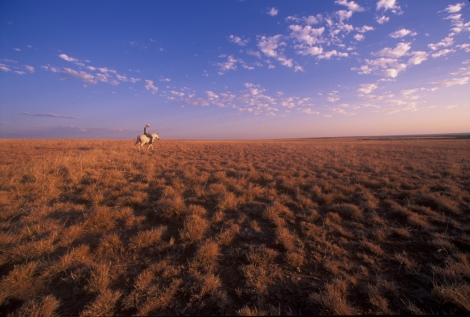
"Our only hope was in going ahead...we pushed on without rudder or compass, the melancholy truth visible in almost every face that we were lost among the wilderness prairies of the west..." The Texas/Santa Fe Expedition, George W. Kendall Journal, August 15, 1841. Photo taken 3.5 miles west of Benjamin at or near the location where Kendall made his journal entry on August 15, 1841.
I believe that in knowing our past is to better understand the present and perhaps foresee to some extent, our path into the future. In my quest to accumulate knowledge about our Texas history I have collected a fine reference library where, by reading the written account of others, I can travel in the days of a younger land and experience vicariously, the adventures of those pioneers such as Kendall, Cook and Carter.
What say lets take a trip from Benjamin to Lubbock and view the land through the written words of those men who lived and experienced a time we can hardly fathom today. Quite honestly, your future trips down Hwy 114 may never be the same again.

"The sixth day we lay over in camp..and the next day we pulled up on the Pease river divide, and got a view of the rear of the great countless mass of buffaloes." Border and the Buffalo. John R. Cook, 1875. This view is Four Mile Hill, a frontier landmark along the buffalo hunters wagon road, north of Guthrie, Texas as seen from Hwy.114.

"We were in a veritable hunters paradise...deer were simply too easy to find..the same for antelope, bear, panther, mountain lion, raccoon, polecat, swift coyotes and wolves- they were all here." John R. Cook. Border and the Buffalo, 1875. This scene is about 4 miles west of Guthrie along Hwy. 114.
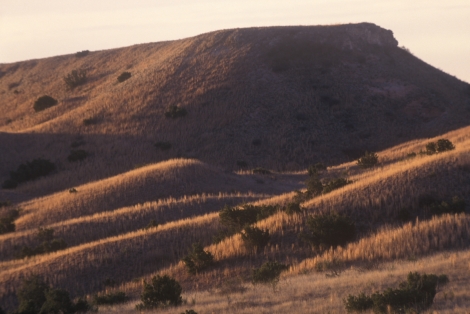
"Thus we spent five days and nights in this wolf-besieged camp, with nothing to do and nothing to see but that vast expanse of solitude and wilderness". Capitan R.G. Carter, "On The Border with Mackenzie". 1871. Location is the west rim of the Duck Creek drainage basin west of Dickens, Tx.

"A large and powerfully built chief led the bunch...his face was smeared with black war paint, which gave his features a satanic look. A necklace of bear's claws hung about his neck...it was Quanah, principal war chief of the wild Qua-ha-das." Captain R.G. Carter, "On the Border with Mackenzie." 1871. Journal excerpt describing the U.S. Cavalry push into Blanco Canyon and subsequent battle with the Comanche Indians. Photo taken alongside Hwy. 114 east of Crosbyton, Tx in Blanco Canyon.

"At one time during the day could be seen horses, mules, buffaloes, antelopes, coyotes, wolves, and soldiers all drinking and bathing at one time from this lake...it was one of the greatest aggregations of the animal kingdom ever witnessed on as small a space of land and water." John R. Cook, "Border and the Buffalo". 1877. Recollections of soldiers drinking and bathing in a playa lake on the Llano Estacado. Photo taken along Hwy 114 between Crosbyton and Lubbock.

"There is a long deep waterhole just around the next bend a little above us;" " and there was where he expected to find the camp." John R. Cook. March 1877. Book excerpt describing the hours before the famous battle at Yellow House Canyon between buffalo hunters and Comanche Indians. Photo taken in Mackenzie Park, Lubbock, Texas where the hunters filled their canteens and watered horses and mules after the battle.
